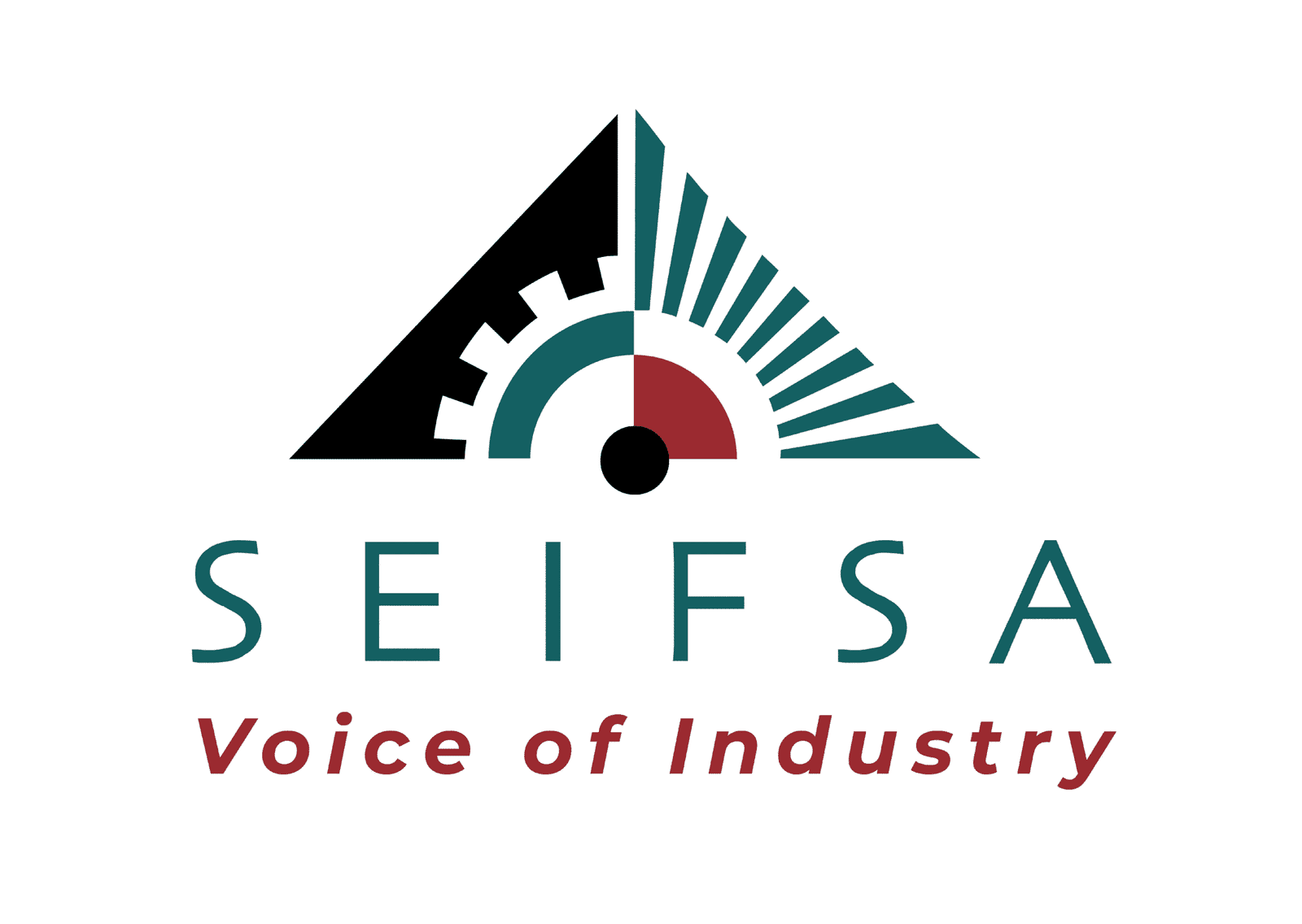The outlook for the South African Metals & Engineering sector in 2024 is not as bleak as it was last year, but risks — both local and global — remain high, according to the State of the Metals and Engineering Sector Report 2024, which the Steel and Engineering Industries Federation of Southern Africa (SEIFSA) released this week.
The report, which was presented in a webinar on February 20, examines the current state of the Metals & Engineering (M&E) sector amid moderating inflation and heightened geopolitical tension.
SEIFSA chief operating officer Tafadzwa Chibanguza, says “the geopolitical temperature is high, with wars in Europe and the Middle East and the subsequent attacks in the Red Sea.”
Aggregate production increased by 1.7% in 2023, slightly higher than the 1.5% in 2022 but still remains 18% below where it was in 2008/2009.
“Production has also not sustainably attained its pre-Covid lockdown levels and has been oscillating between 1-2 index points around this level,” Chibanguza said.
This is amid the “expectation for global economic growth to flatline into the medium term, which presents a neutral perspective on demand prospects from the external environment. Growth is primary tilted in favour of the advanced economies, which presents limited export opportunities given that Sub-Saharan Africa is the largest export market for the sector,” says Chibanguza.
Geopolitical risks include the ongoing wars in Europe and the Middle East, while locally the sector faces persistent load-shedding, logistical challenges, including the crisis at Transnet, deteriorating service delivery at municipal level, looming wage negotiations and the uncertainty of an election year along with the political noise that leads up to the event, he says.
“Whatever the outcome of the election, it presents risk as a lot of work has been done in terms of macro-economic policy around for example energy and public procurement. . A new administration means dealing with new members of parliament and a new cabinet.”
On the positive side, inflation is subsiding faster than expected, particularly in the advanced economies, which should allow for hard currency rate cuts, which in turn should set the scene for global monetary policy, says Chibanguza.
Global inflation is set to decline from 6.8% in 2023 to 5.8% in 2024, and 4.4% in 2025, which should set the scene for interest rates to start coming down. Declining interest rates presents a scenario for investment in the economy to hopefully start picking up which in turn is a good demand source for the metals and engineering sector. It will also decrease the pressure on debt service costs for the state, possibly creating fiscal headroom, for state spend into the economy, which again is another important source of demand for the sector. Lastly, lower interest rates should also provide room for companies in the metals and engineering sector to increase investments into their operations, which is particularly important given the negative net investment trend that has underpinned the sector since 2008, which has also resulted in the sectors fixed capital stock deteriorating at a rate of 0.8% (CAGR) over the same period.
While work has been done to revive the economy, reforms take time for their full effect to be realised, but unfortunately the sectors potential will remain constrained for as long as too many local companies remain in survival mode due to the array of challenges they face.

